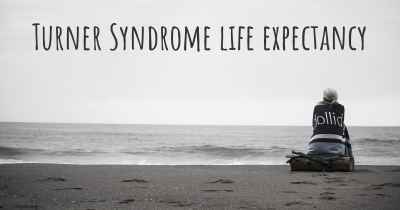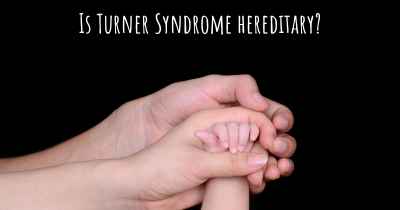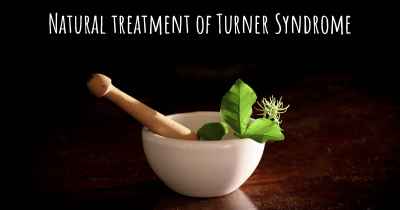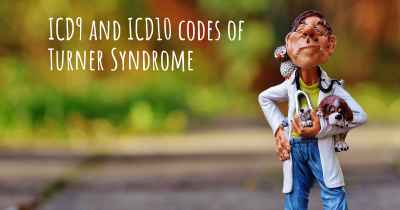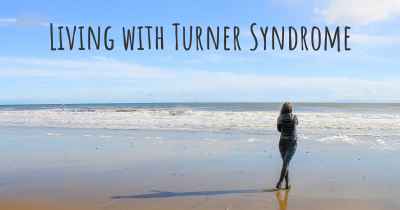What is the history of Turner Syndrome?
When was Turner Syndrome discovered? What is the story of this discovery? Was it coincidence or not?
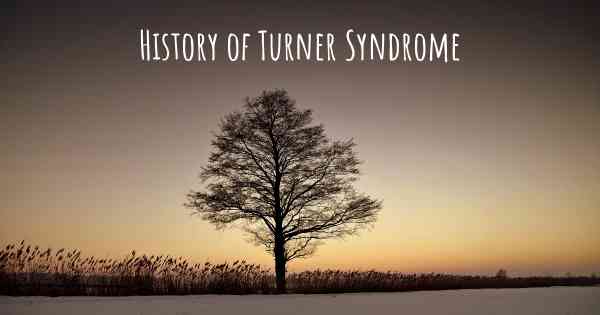
Turner Syndrome is a genetic disorder that affects females and occurs when one of the X chromosomes is partially or completely missing. It was first described by Dr. Henry Turner in 1938, hence the name. This condition affects approximately 1 in every 2,500 live female births.
The discovery of Turner Syndrome:
In 1938, Dr. Henry Turner, an endocrinologist from the United States, published a paper describing a group of seven girls who shared similar physical characteristics, such as short stature, webbed neck, and lack of sexual development. He recognized that these features were likely due to a chromosomal abnormality, although the exact cause was not yet understood.
Understanding the genetic basis:
It wasn't until the 1950s that advancements in cytogenetics allowed scientists to identify the chromosomal abnormalities associated with Turner Syndrome. In 1959, Drs. Ford and Jones discovered that affected individuals had only one complete X chromosome instead of the usual two. This finding led to the understanding that Turner Syndrome is caused by a complete or partial loss of one X chromosome.
Signs, symptoms, and impact:
Turner Syndrome can present with a variety of signs and symptoms, which can vary in severity among affected individuals. Some common features include short stature, delayed or absent puberty, infertility, heart defects, kidney abnormalities, and learning difficulties. It is important to note that not all individuals with Turner Syndrome will exhibit the same characteristics, and the condition can manifest differently in each person.
Medical advancements and management:
Over the years, medical advancements have greatly improved the management of Turner Syndrome. Hormone replacement therapy (HRT) is often prescribed to induce puberty and promote normal growth and development. Growth hormone therapy may also be used to increase final adult height. Regular monitoring and treatment of associated health issues, such as heart and kidney problems, are crucial to ensure the best possible outcomes for individuals with Turner Syndrome.
Psychosocial support and quality of life:
Living with Turner Syndrome can present unique challenges, both physically and emotionally. Many individuals with Turner Syndrome benefit from psychosocial support, including counseling and support groups, to address the social and emotional aspects of the condition. Early intervention and ongoing support can greatly improve the quality of life for those affected.
Research and future prospects:
Ongoing research aims to further understand the underlying mechanisms of Turner Syndrome and develop new treatments. Genetic studies have identified specific genes on the X chromosome that are involved in the development of Turner Syndrome, providing potential targets for future therapies. Additionally, advancements in assisted reproductive technologies offer hope for individuals with Turner Syndrome who desire to have children.
In conclusion, Turner Syndrome was first described by Dr. Henry Turner in 1938, and subsequent research has led to a better understanding of its genetic basis and associated features. Medical advancements and psychosocial support have greatly improved the management and quality of life for individuals with Turner Syndrome. Ongoing research continues to shed light on this condition, offering hope for further advancements in treatment and support.
À l'époque, la description était purement clinique, car on ne déterminait pas encore les caryotypes. Les premiers caryotypes datent de 1959. L'année suivante, Charles E. Ford décrivait l'existence de la monosomie X, c’est-à-dire l'absence d'un chromosome X, qui caractérise les syndromes de Turner les plus fréquents.
En 1965, les anomalies de l'X ont été décrites pour la première fois. Les premiers traitements de la petite taille du syndrome de Turner par l'hormone de croissance, datent des années 1990 (1986, autorisation de mise sur le marché sous protocole).
Posted Jul 24, 2019 by Association "Turner et vous"
